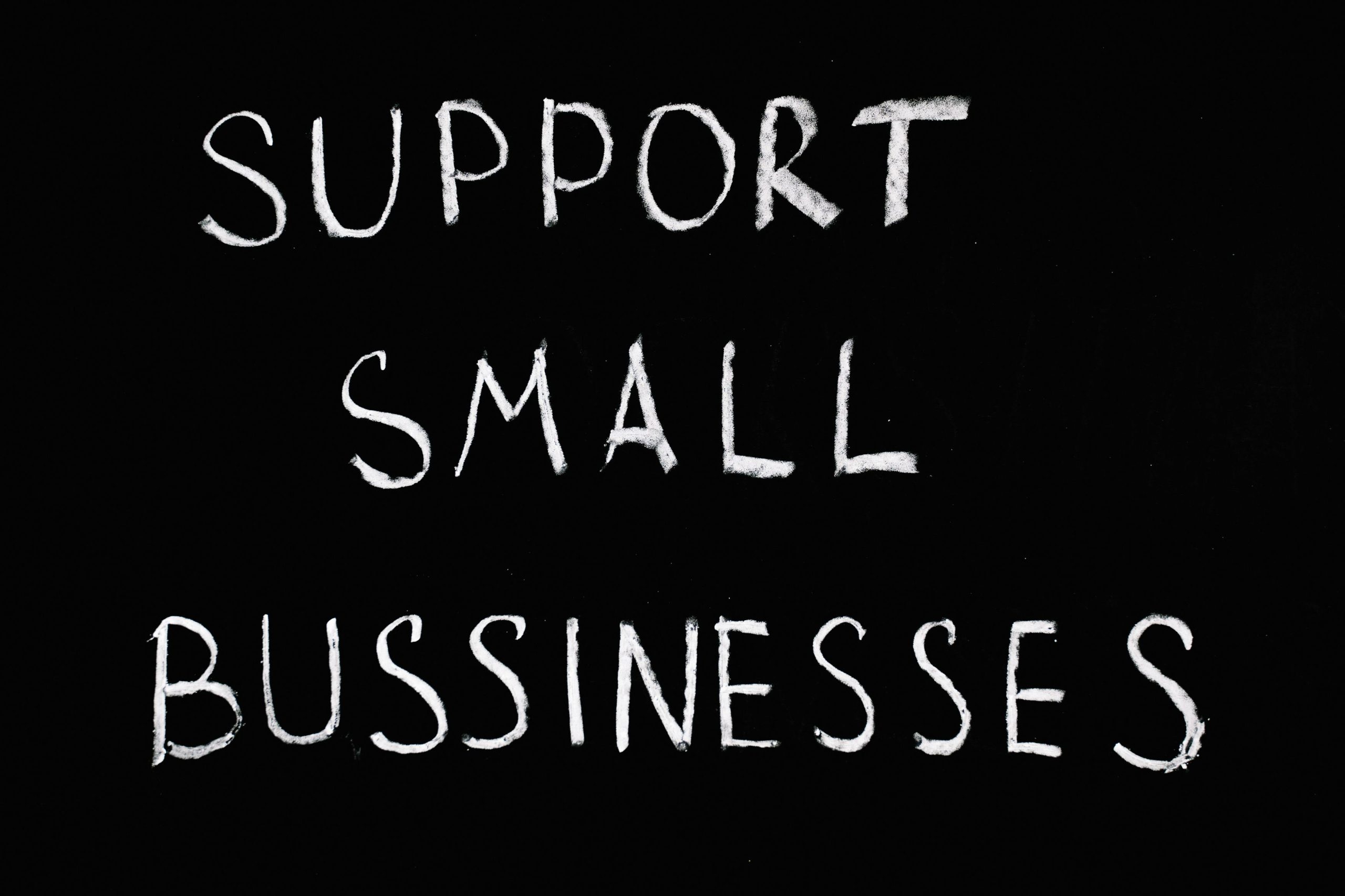How Do I Compete with Businesses That Can Offer Similar Products/Services at a Lower Cost?
In today’s hyper-competitive market, small and medium-sized businesses (SMBs) are frequently challenged by competitors who can offer similar products or services at a lower cost. These cost-leaders often benefit from economies of scale, advanced supply chain logistics, or lower operational expenses—making it difficult for others to match them on price alone. But competing on price isn’t the only way to thrive.
The key to staying competitive without slashing your margins lies in understanding your strengths, differentiating your offerings, and creating lasting value for your customers. This article explores practical and strategic approaches that can help you stand strong—even against lower-priced competitors.

1. Understand the True Nature of the Competition
Before taking action, it’s important to understand why your competitors can offer lower prices. Ask yourself:
-
Are they sacrificing quality?
-
Do they operate at a larger scale?
-
Are they using inferior materials or outsourcing to cheaper regions?
-
Are they in a different geographic location with lower costs?
This analysis helps you determine if the lower price is sustainable or a race to the bottom. Many businesses use aggressive pricing as a short-term strategy to gain market share, which may not be viable in the long run.
Knowing your competition also reveals opportunities for you to do things differently—and better.
2. Don’t Compete on Price—Compete on Value
Lower price doesn’t always equal better value. Many customers are willing to pay more if they believe the value justifies the price. Think of Apple products, luxury hotels, or boutique fitness studios—they all command premium prices and still maintain a loyal customer base.
You must shift the focus from price to value. This means:
-
Providing superior customer service
-
Offering warranties or guarantees
-
Personalizing your offerings
-
Enhancing the buying experience
-
Building emotional connections with your brand
Ask: What can I offer that the low-cost competitor can’t?
3. Differentiate Your Brand
Differentiation is how you avoid being seen as a commodity. If you blend in with the crowd, price becomes the only factor. If you stand out, customers have reasons to choose you.
Here are ways to differentiate:
a. Specialization or Niche Focus
Rather than being everything to everyone, specialize in a specific niche. Niche businesses can often charge more because they understand their target audience better.
Example: Instead of running a generic cleaning service, specialize in eco-friendly, pet-safe cleaning for high-end homes.
b. Quality Over Quantity
If your product or service is superior, you can justify a higher price. Highlight craftsmanship, durability, performance, or attention to detail.
c. Customer Experience
Exceptional service can be a game-changer. Friendly interactions, easy returns, and fast response times create loyalty.
d. Brand Story and Values
People connect with stories and values. If your brand supports sustainability, local artisans, or social causes, those can become compelling differentiators.
4. Build a Stronger Relationship With Your Customers
Price-sensitive customers are usually the least loyal. Instead of targeting those who shop for the lowest price, focus on attracting and nurturing value-oriented customers.
Ways to build loyalty:
-
Implement loyalty or rewards programs
-
Send thank-you notes or small gifts with purchases
-
Personalize communication (email, messages, offers)
-
Offer exceptional after-sales support
Engaged customers are more forgiving on price because they trust you.
5. Innovate Your Offerings
Innovation doesn’t always mean inventing something new. It could be:
-
Bundling services or products
-
Introducing a subscription model
-
Offering flexible payment options
-
Creating packages for different customer types
The idea is to offer something unique, even if the base product is similar.
Example: A local gym competes with a low-cost national chain by offering specialized personal training, small group classes, and wellness coaching.
6. Leverage Your Agility
Smaller businesses are often more nimble than large competitors. Use this to your advantage.
a. Faster Decision Making
You can make changes, launch campaigns, or adapt to customer feedback much faster.
b. More Personalized Service
You can offer real human interaction that larger businesses can’t replicate at scale.
c. Local Market Knowledge
You understand your community better than a national brand might. Use this insight to tailor your services more effectively.
7. Optimize Operational Efficiency
While price-cutting isn’t a long-term strategy, improving your cost structure can increase your profitability without lowering your prices.
Look for ways to reduce waste and streamline operations:
-
Use automation where appropriate
-
Renegotiate with suppliers
-
Outsource non-core functions
-
Improve inventory management
-
Use energy-efficient practices
A lean operation gives you flexibility to offer occasional promotions without damaging your margins.
8. Focus on Marketing and Branding
If people don’t know about your value, they can’t appreciate it. Invest in smart marketing strategies that highlight your unique advantages.
a. Content Marketing
Educate your customers. Blog posts, videos, and social media content that solve problems or provide insight position you as an authority.
b. Social Proof
Showcase testimonials, case studies, and user-generated content. When others talk positively about your brand, it builds credibility.
c. Local SEO and Reviews
Ensure your business appears in local searches and directories. Encourage happy customers to leave reviews.
9. Collaborate Instead of Compete
In some cases, it may be beneficial to partner with complementary businesses. This can expand your reach, add value to your offerings, and build a stronger community presence.
Examples:
-
A yoga studio partnering with a health food café
-
A wedding planner teaming up with photographers and florists
-
A home improvement service working with interior designers
These partnerships can create packages that compete on convenience and experience, not just price.
10. Know When to Say No
Not all customers are worth chasing. If someone is only focused on the cheapest option, they may not be your ideal customer. Trying to win them over by lowering your prices will often lead to stress, reduced profits, and burnout.
Instead, focus your energy on customers who:
-
Appreciate quality
-
Value service
-
Are loyal
-
Are willing to pay for a better experience
It’s okay to let some customers go in order to build a stronger, more profitable business.

11. Focus on Long-Term Customer Lifetime Value (CLV)
Instead of obsessing over individual sales, consider the lifetime value of your customers. A customer who pays more today but stays with you for years is far more valuable than a one-time bargain hunter.
You can increase CLV by:
-
Encouraging repeat purchases
-
Offering subscription or membership models
-
Upselling and cross-selling
-
Providing outstanding support
Customer retention is cheaper than customer acquisition—and far more profitable over time.
12.Monitor, Measure, and Adapt
Markets change. Competitors come and go. What works today might not work a year from now. Constantly monitor:
-
Customer feedback
-
Market trends
-
Competitor activities
-
Your financial performance
Use this data to adapt quickly and refine your approach.
Conclusion: Competing Smarter, Not Cheaper
Competing with businesses that offer similar products or services at a lower cost is a real challenge—but it’s not a death sentence. The answer isn’t always to drop your prices. Instead, it’s to rise above the noise.



